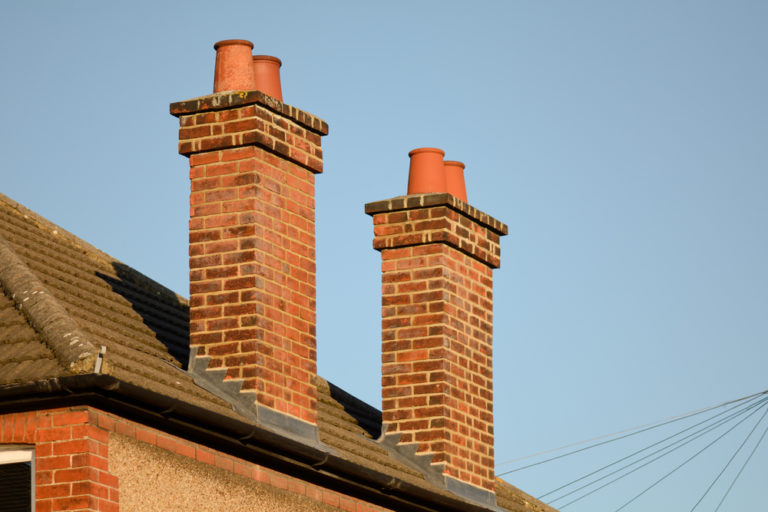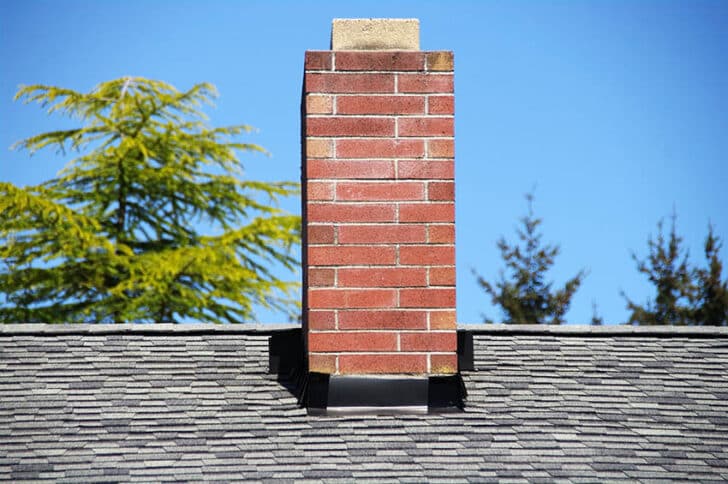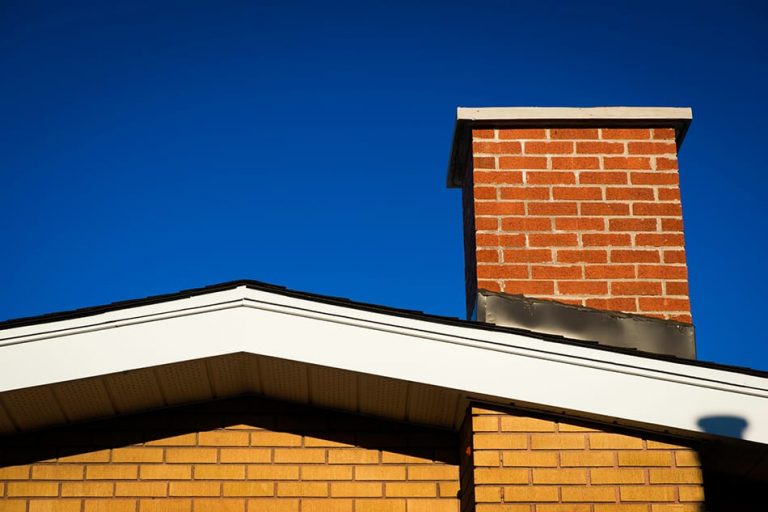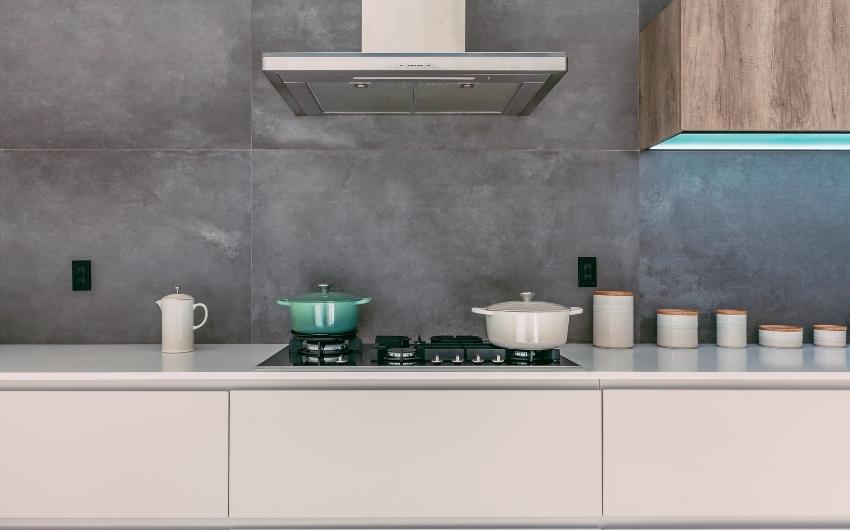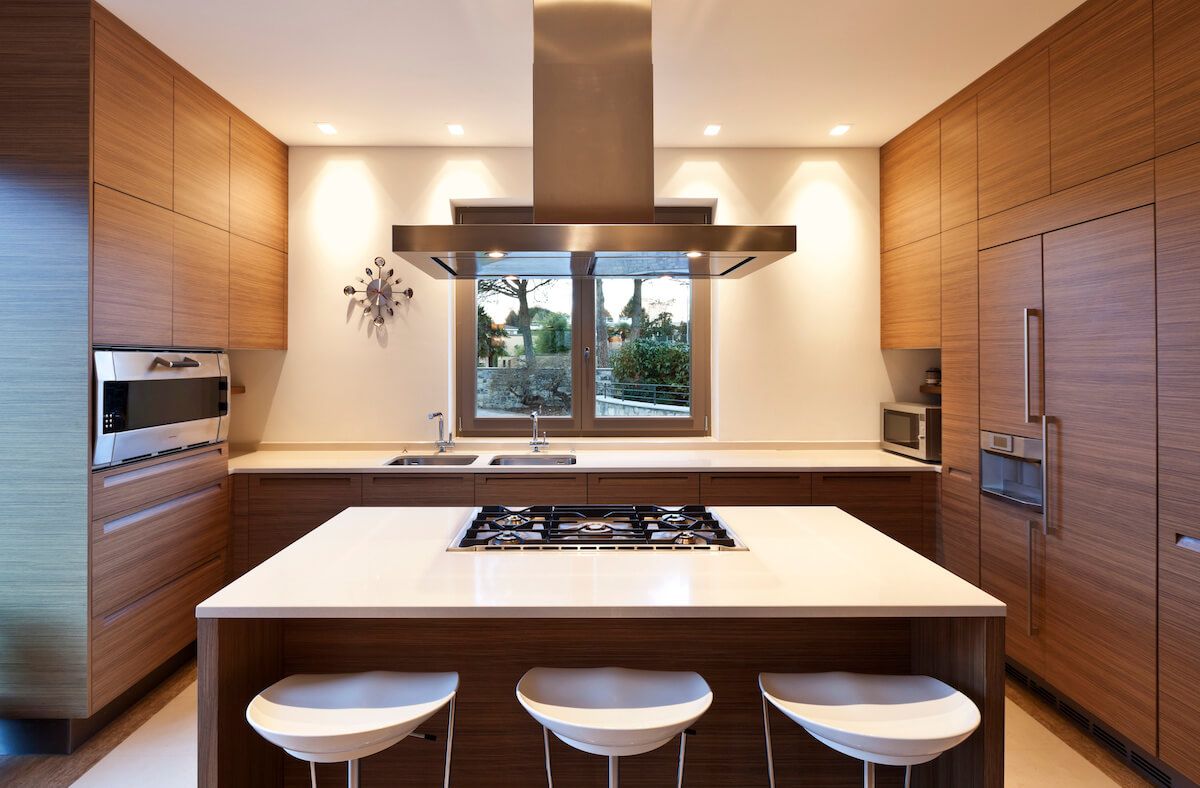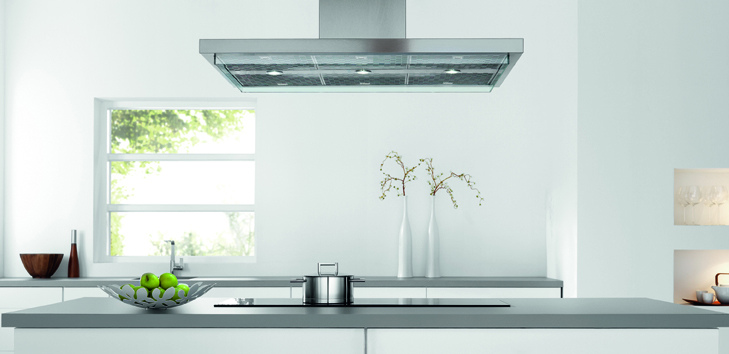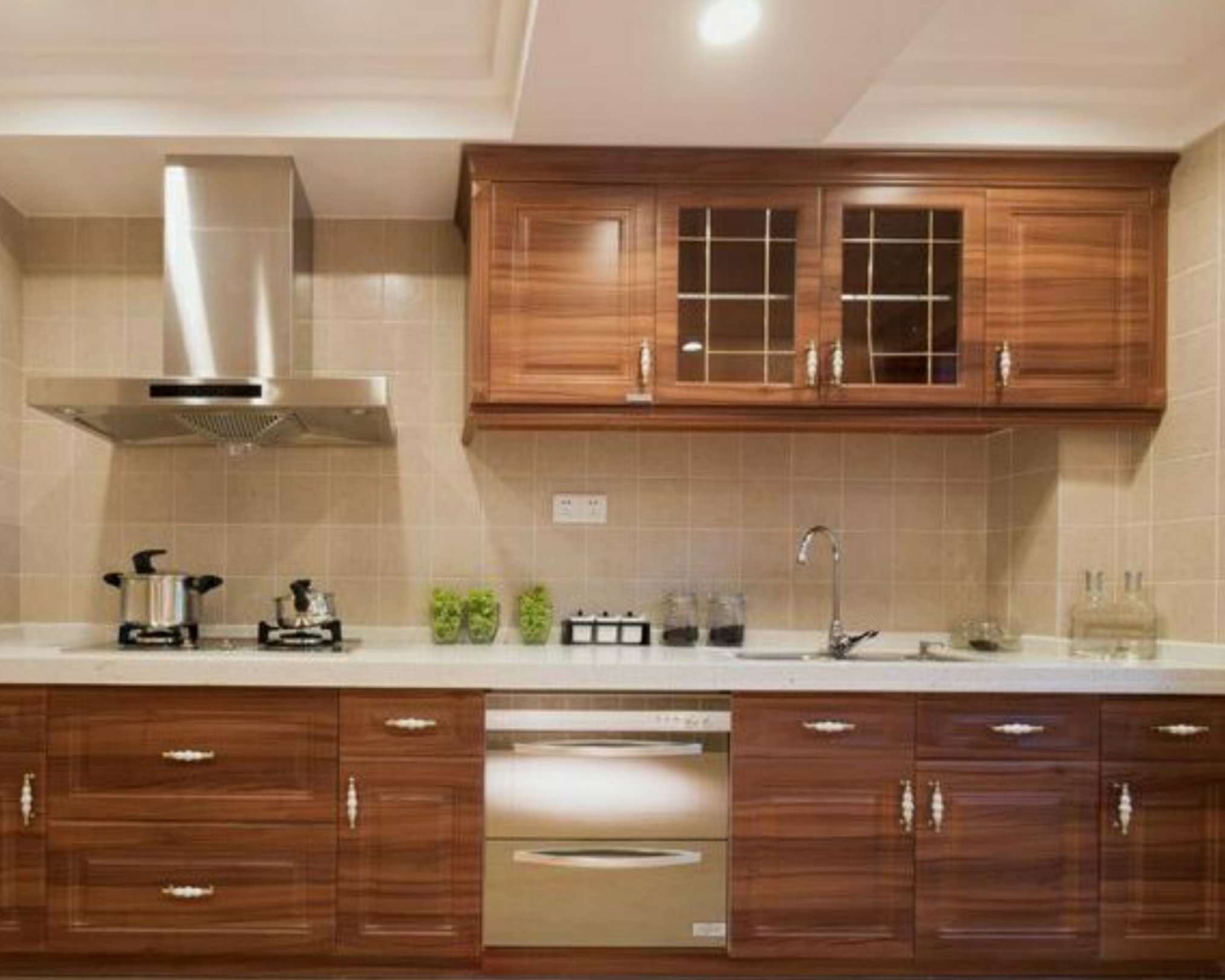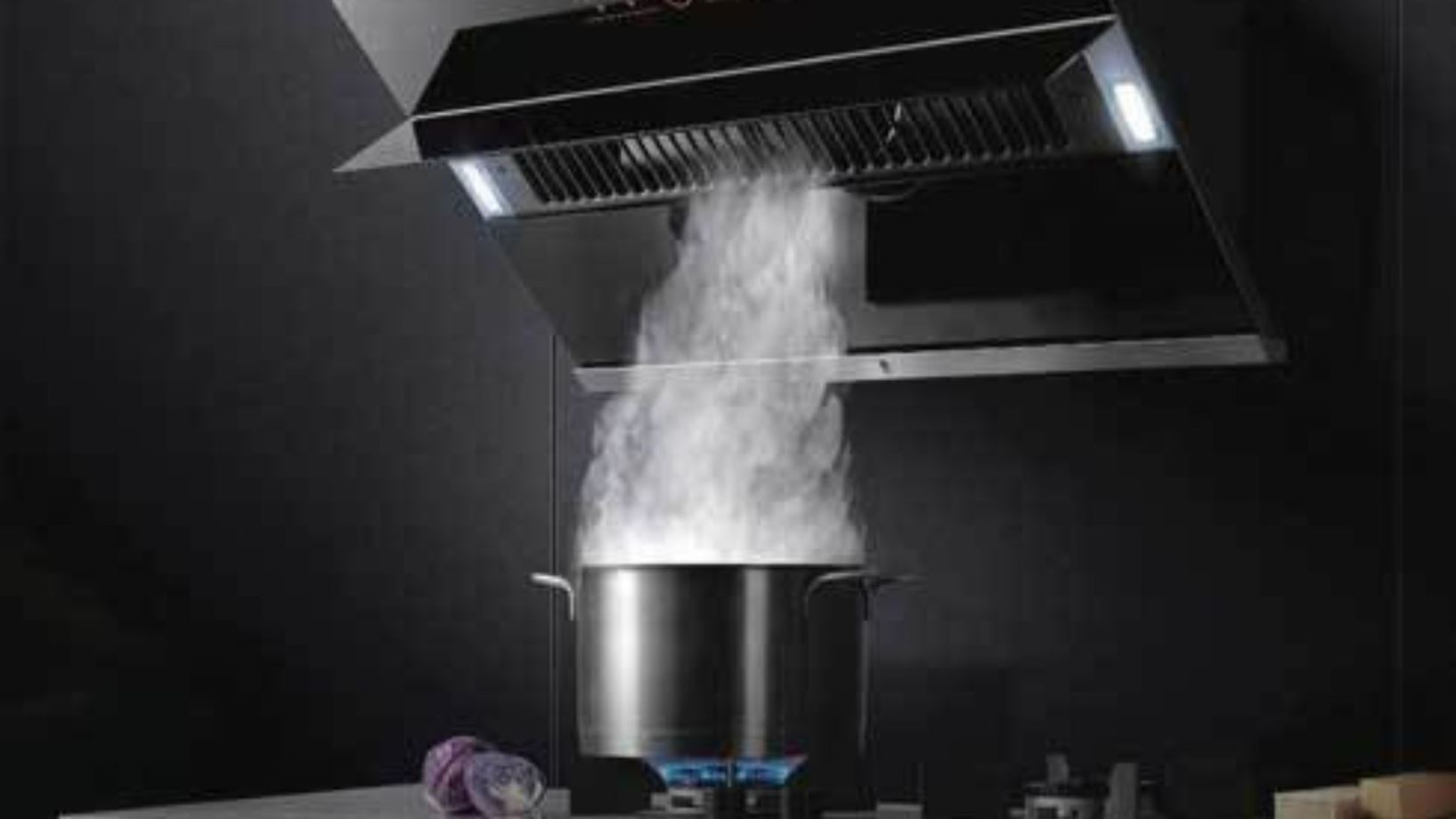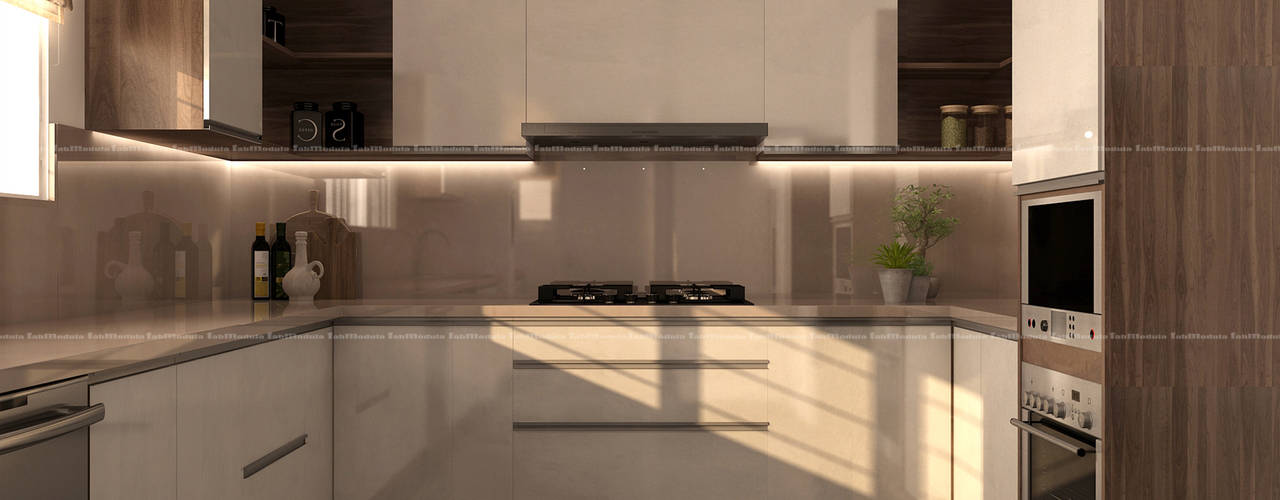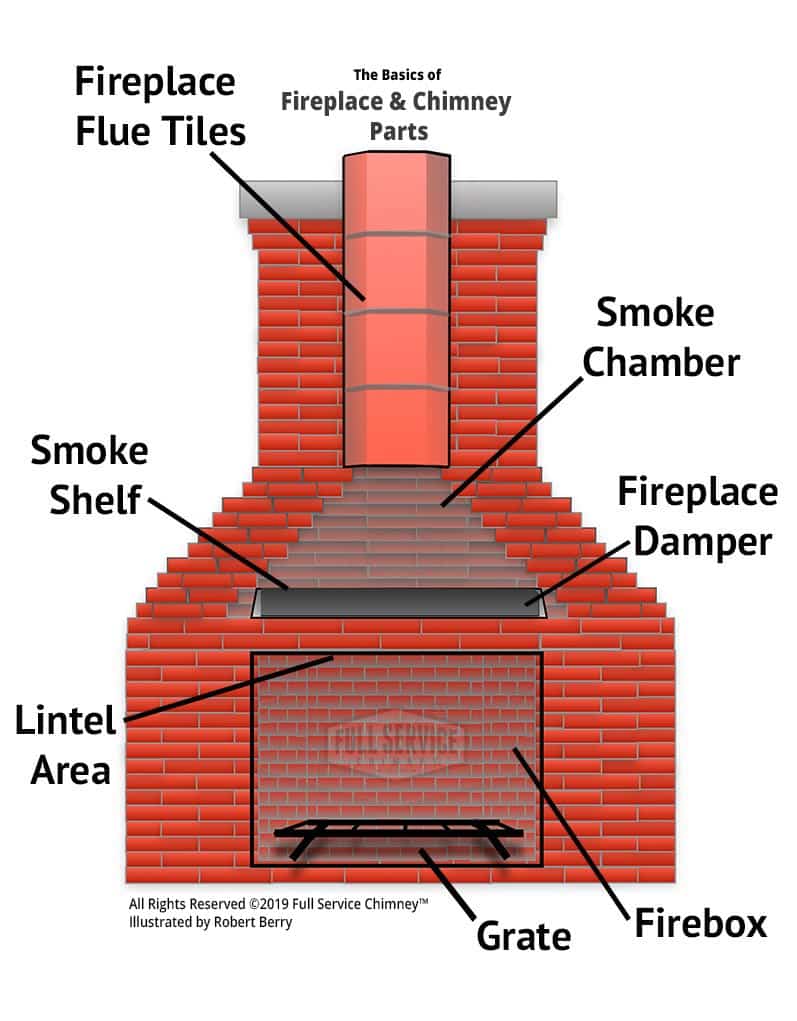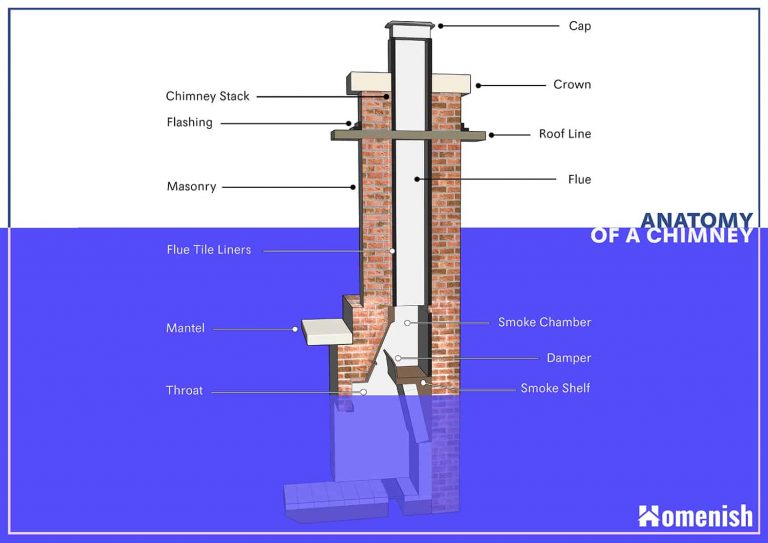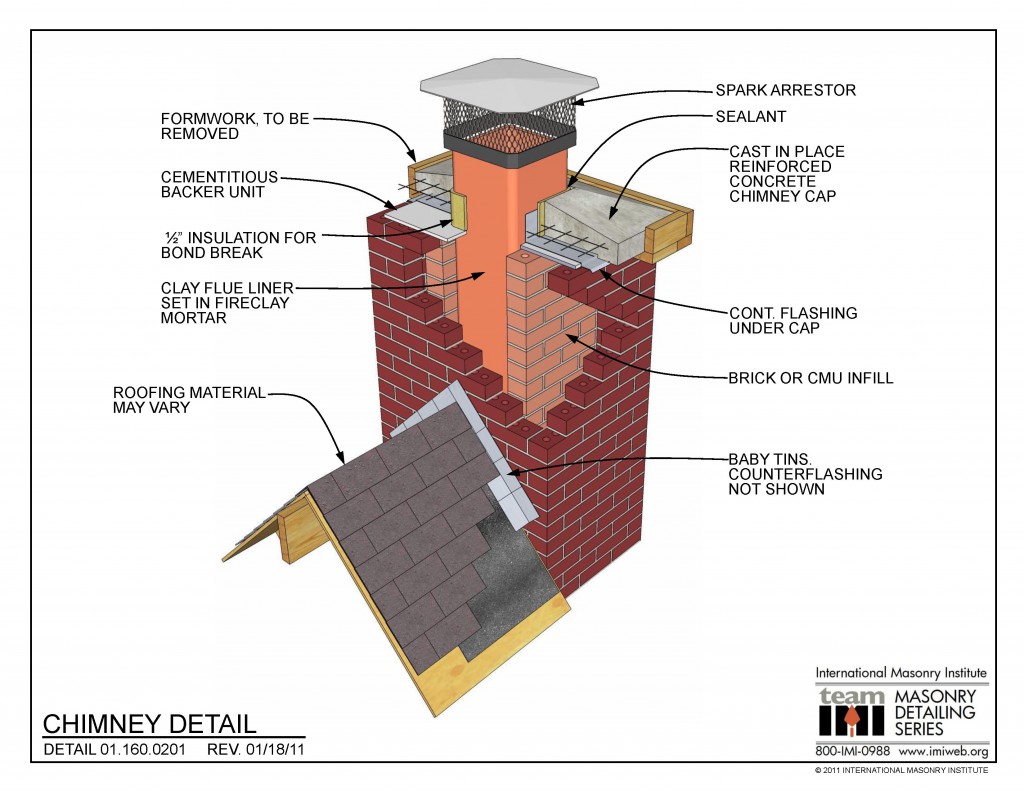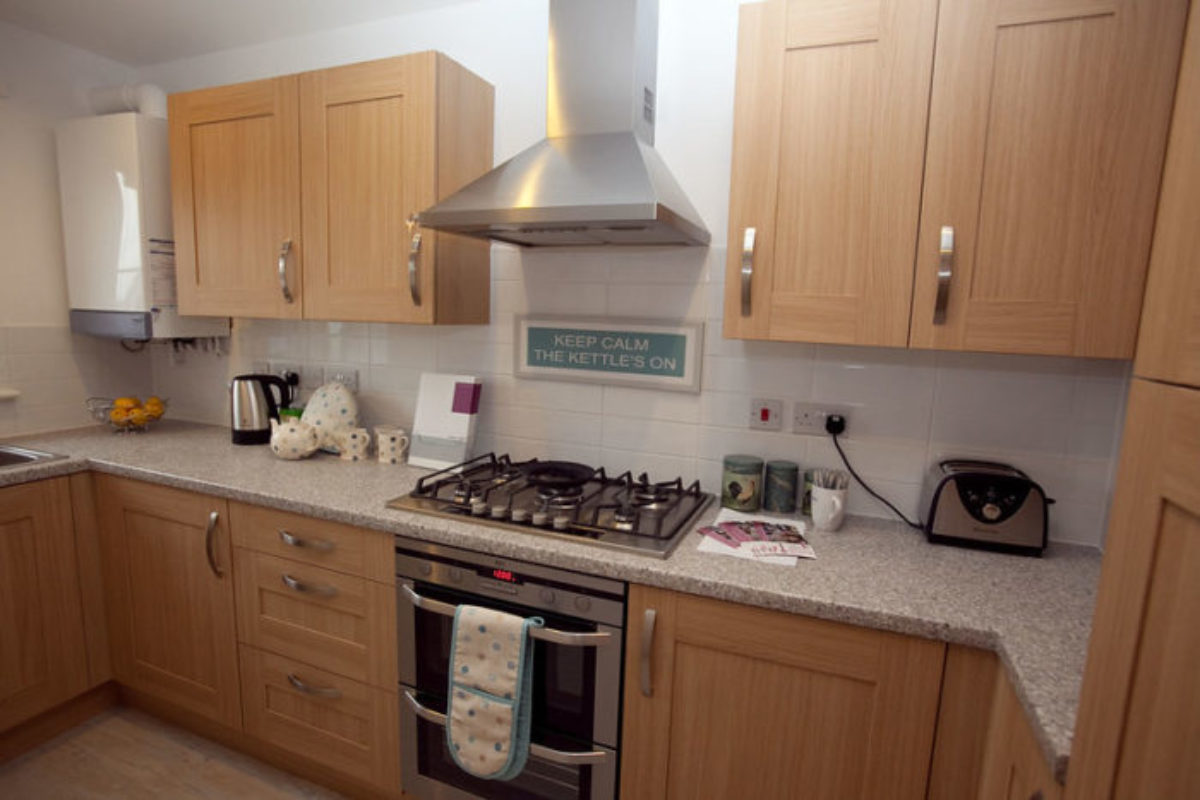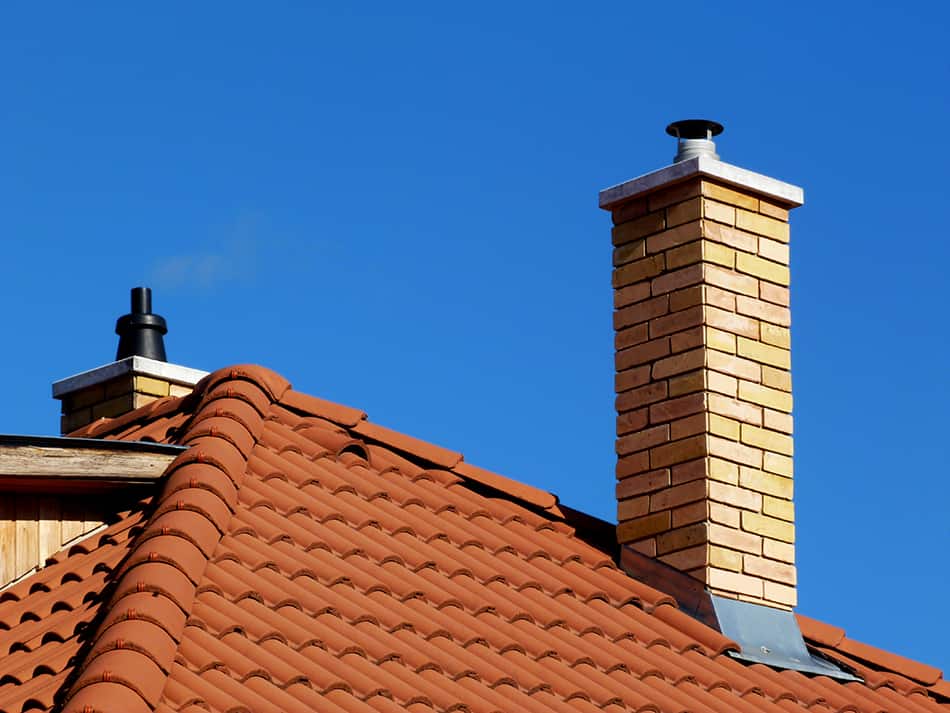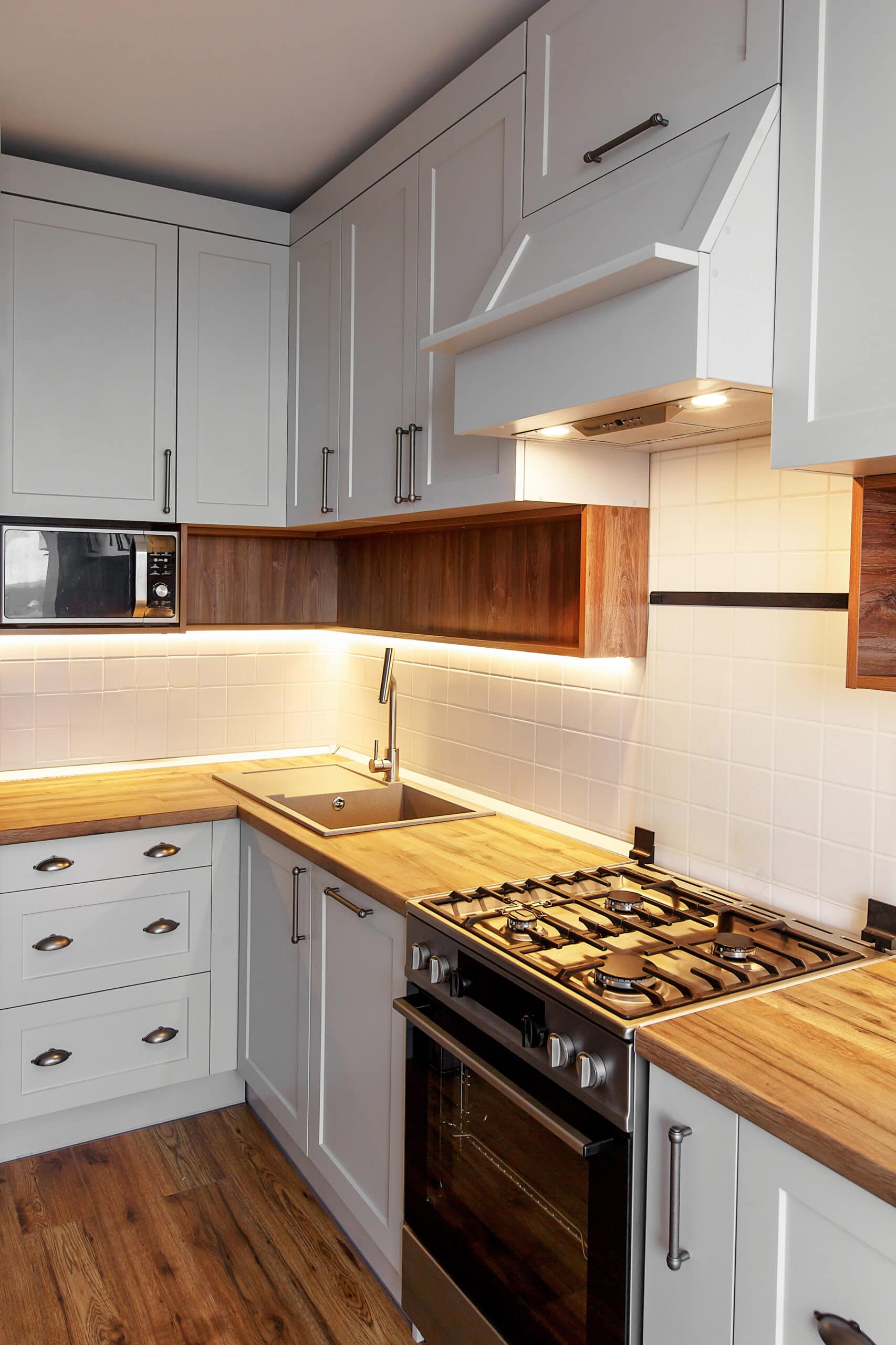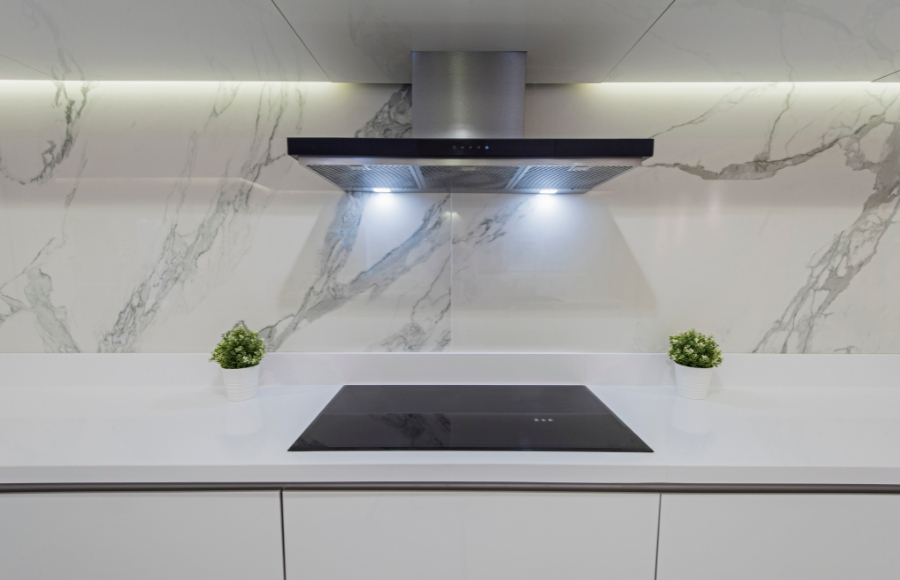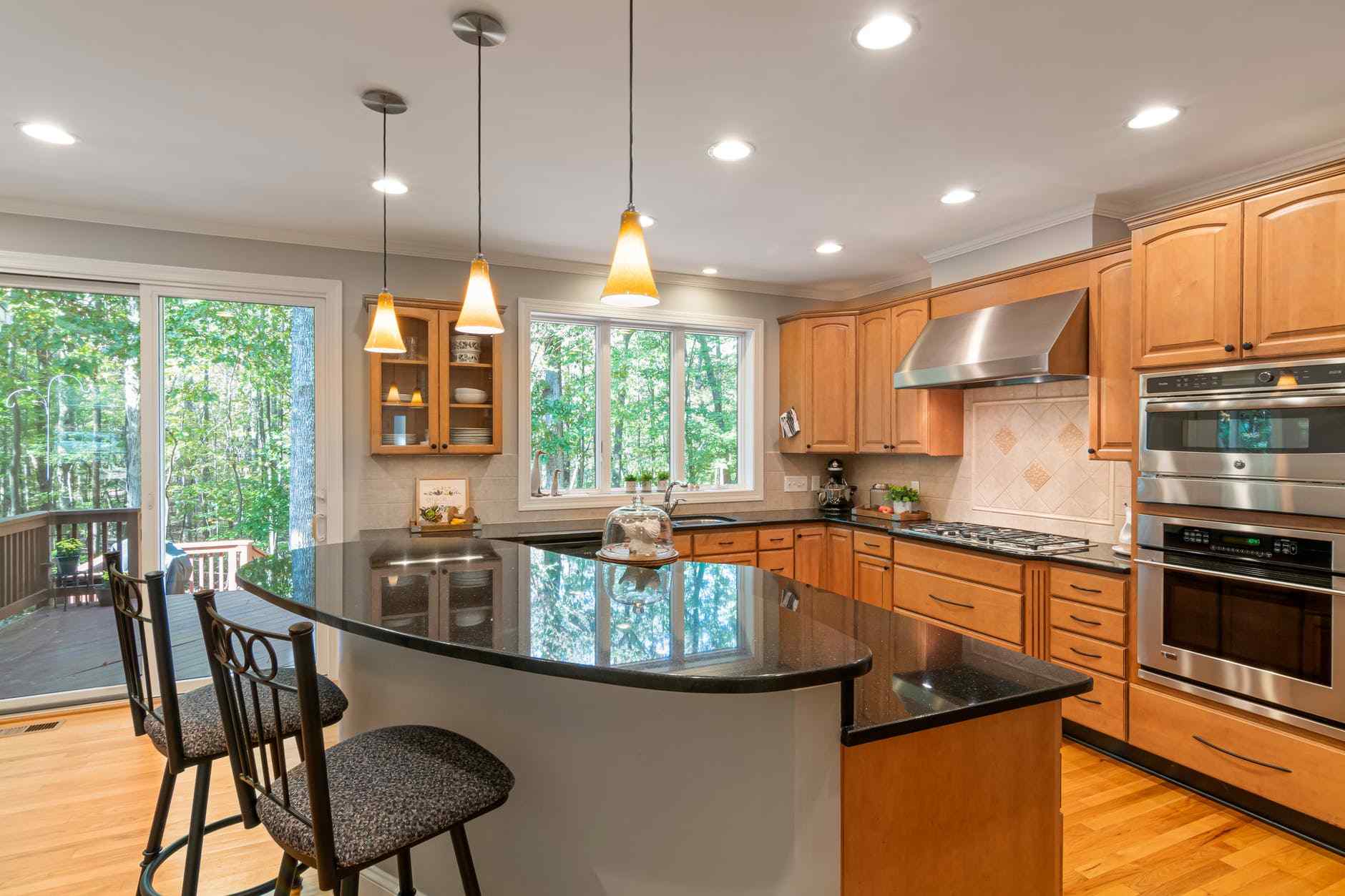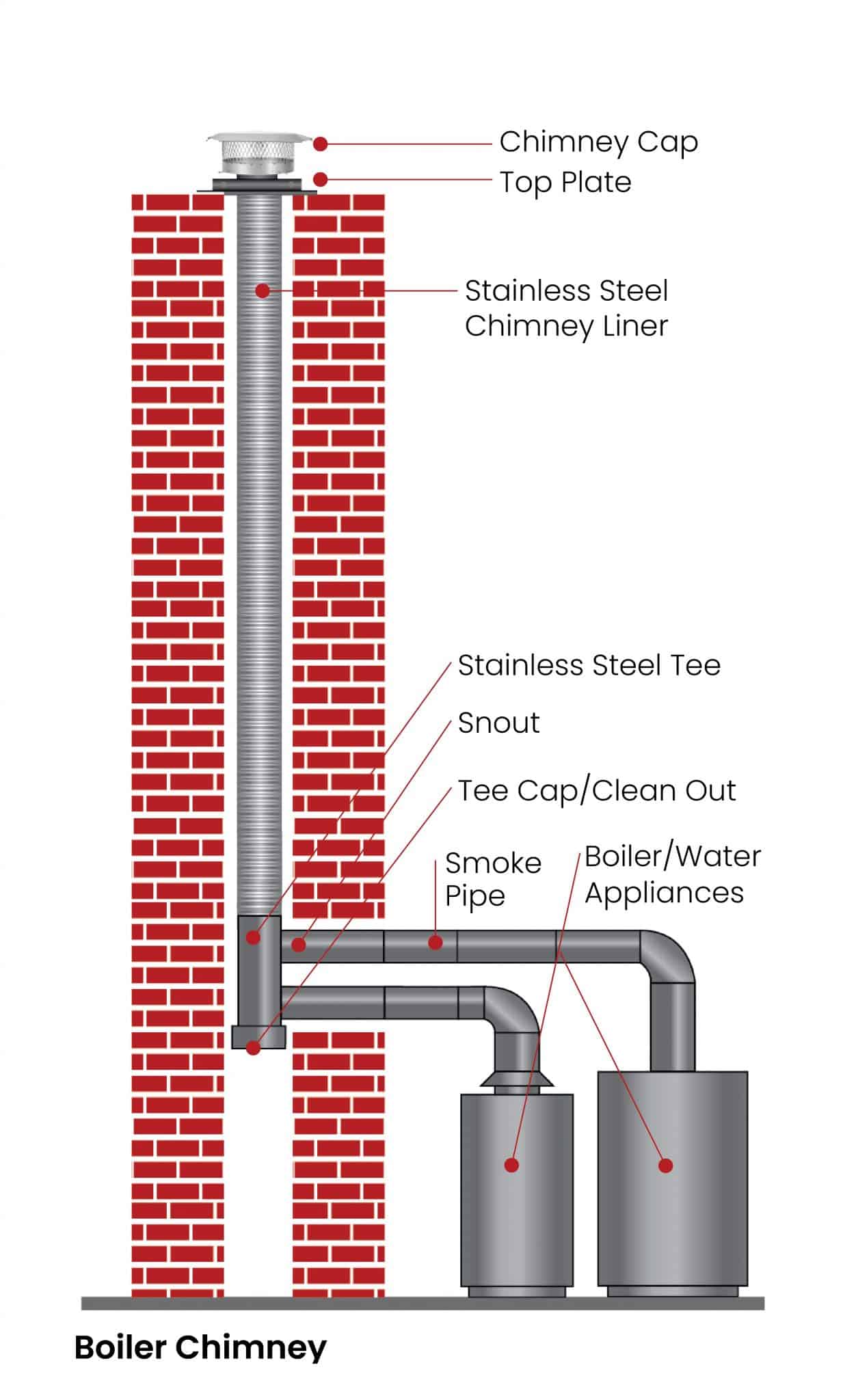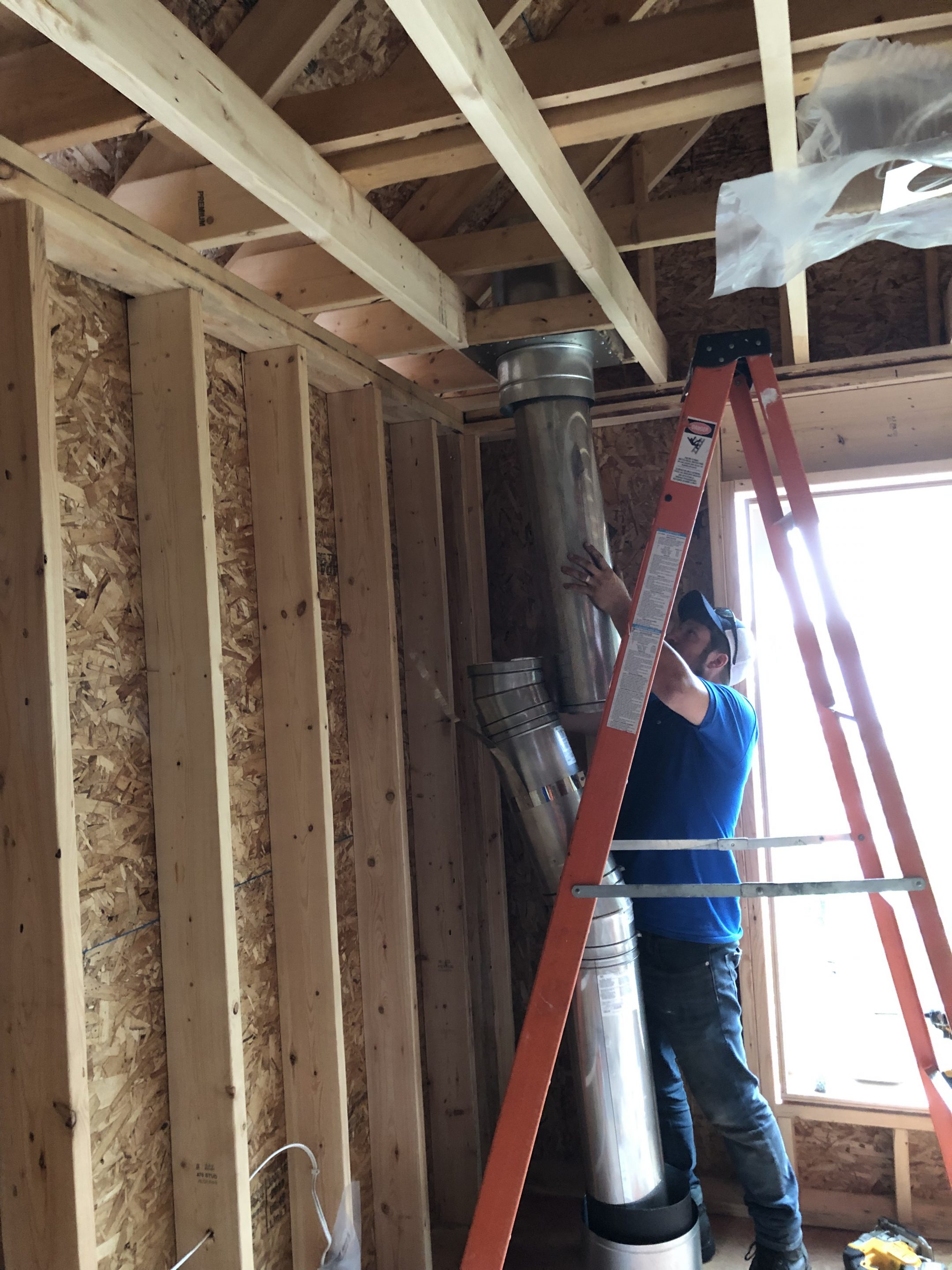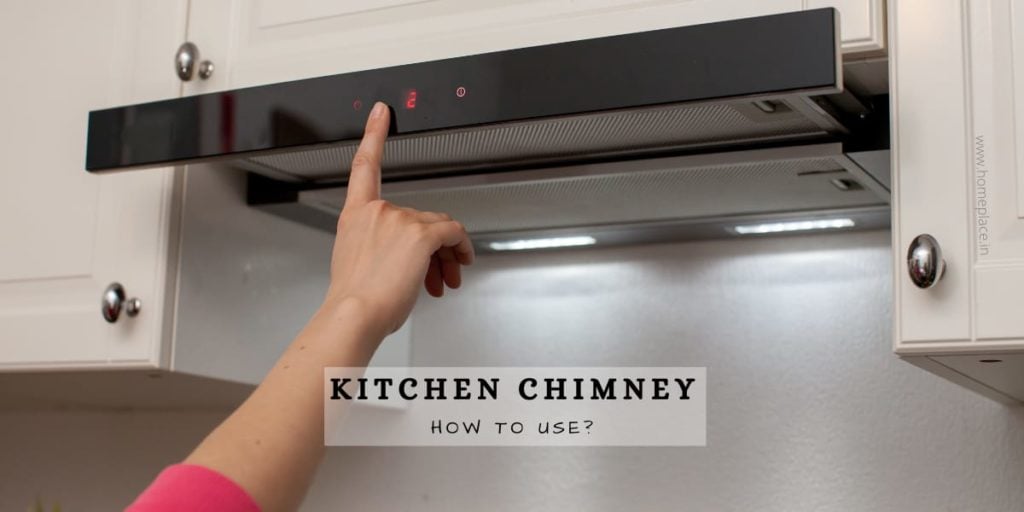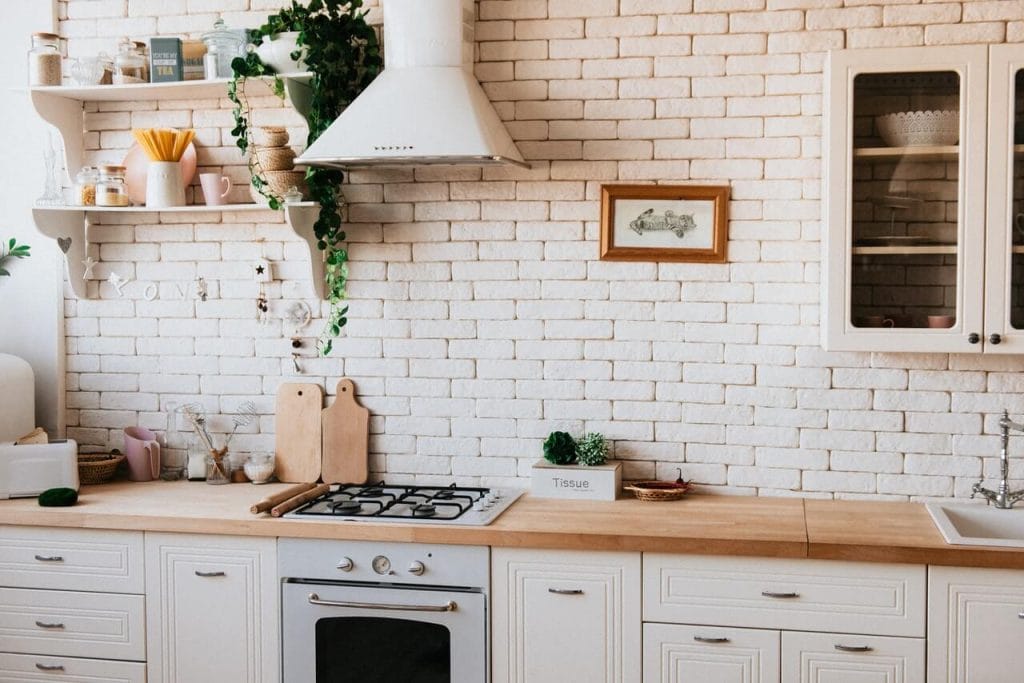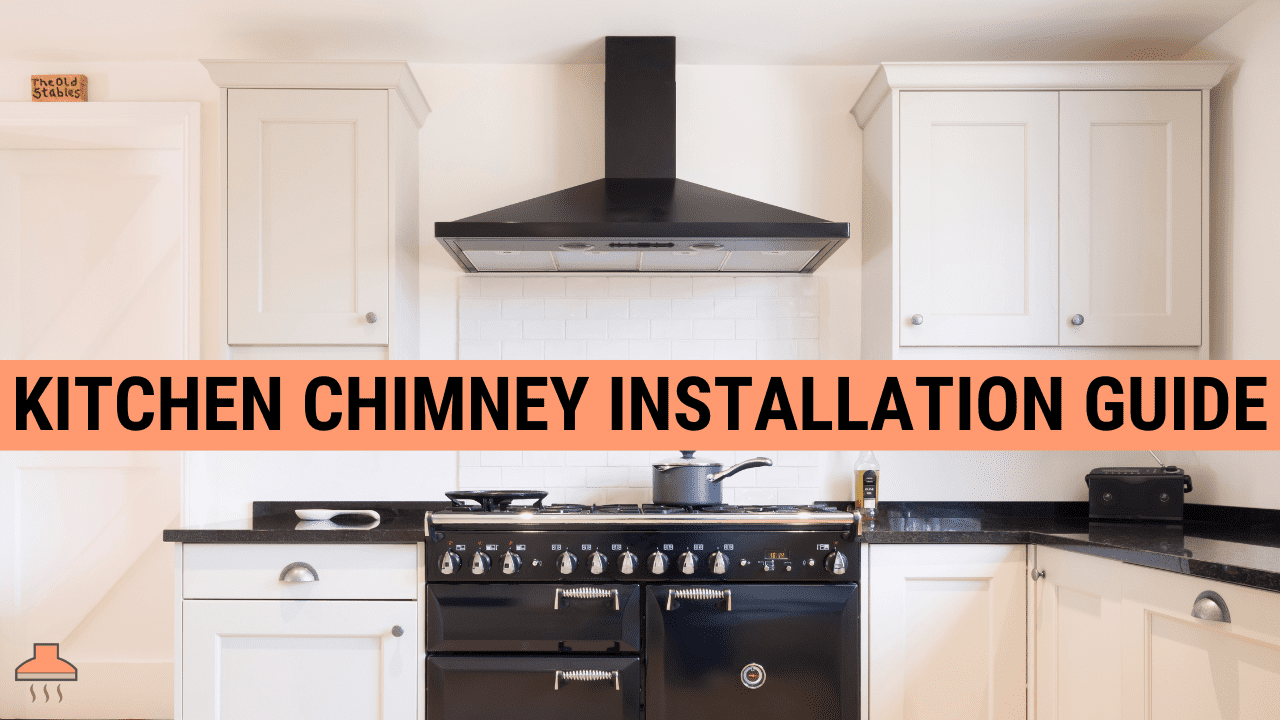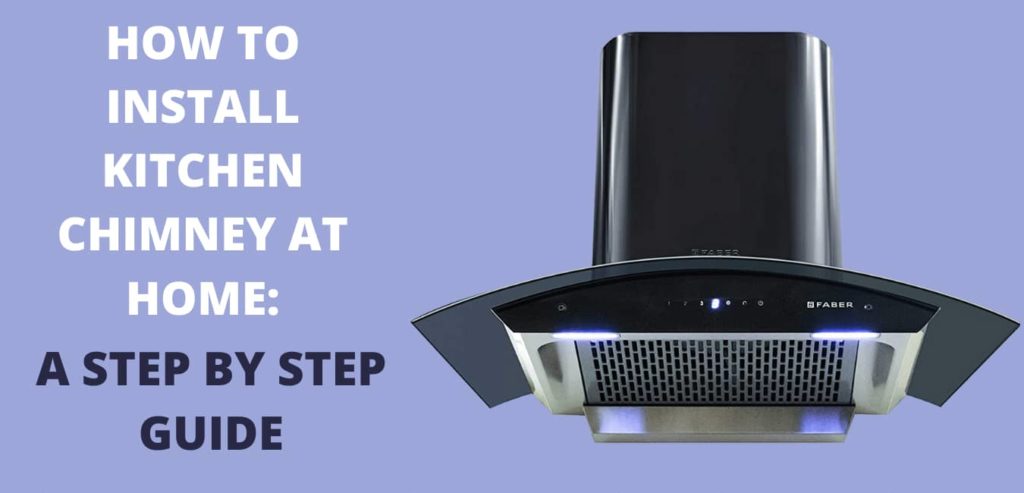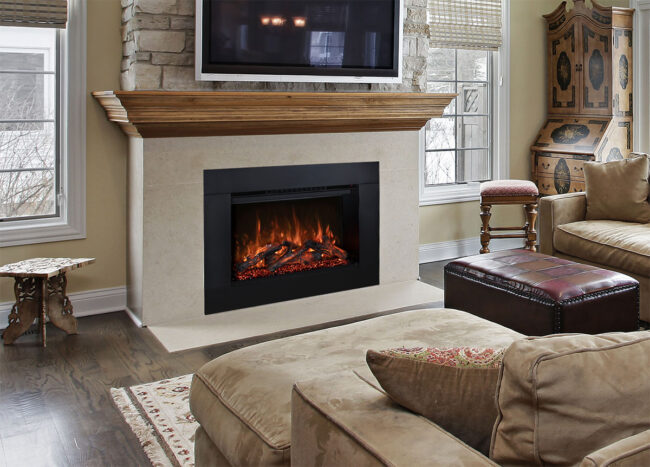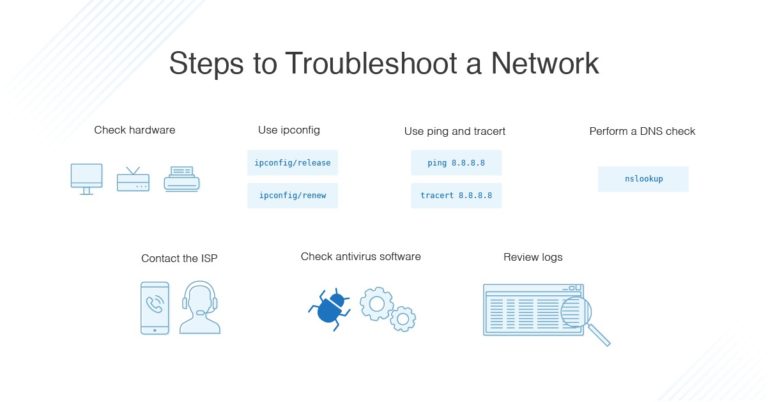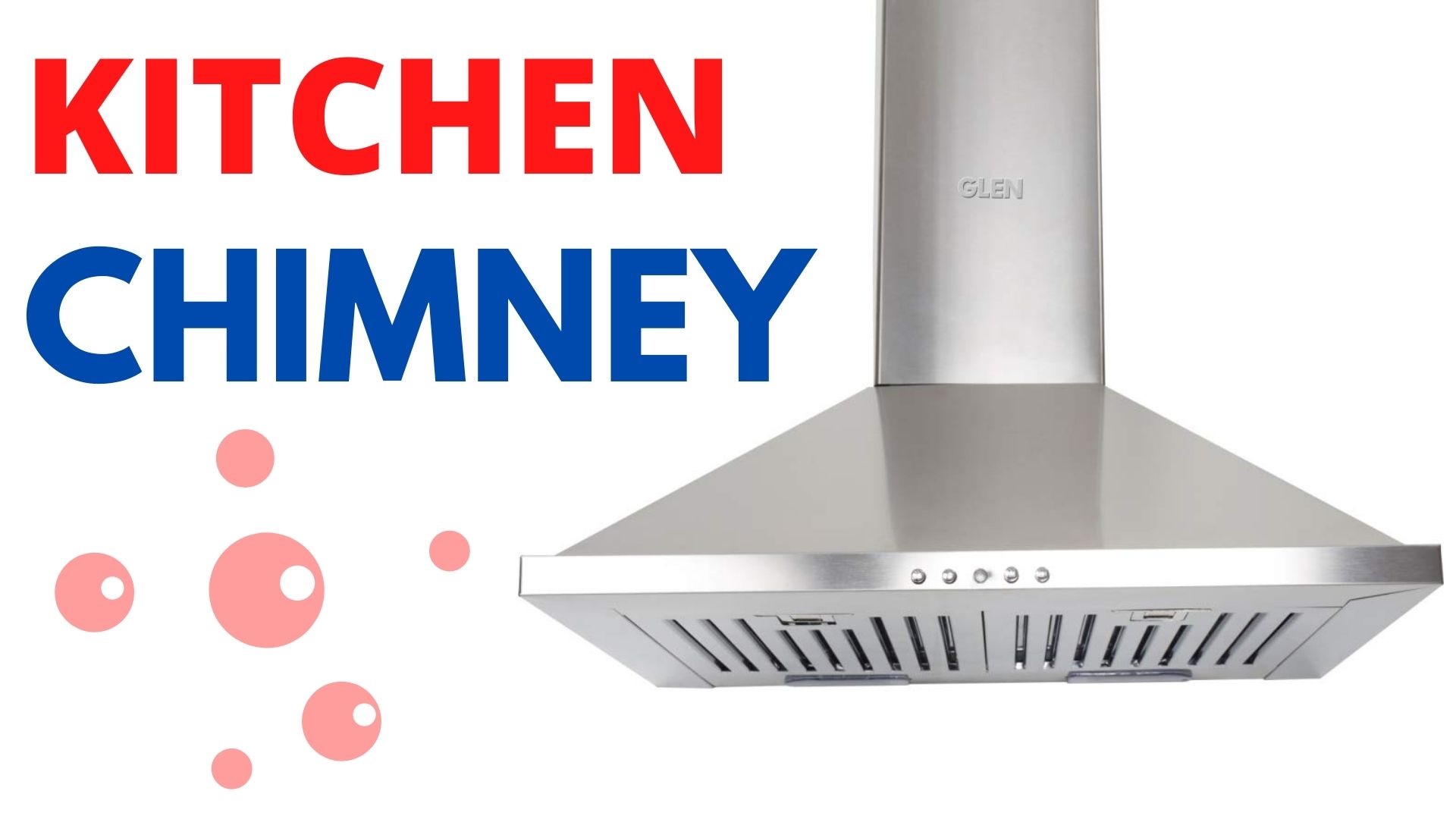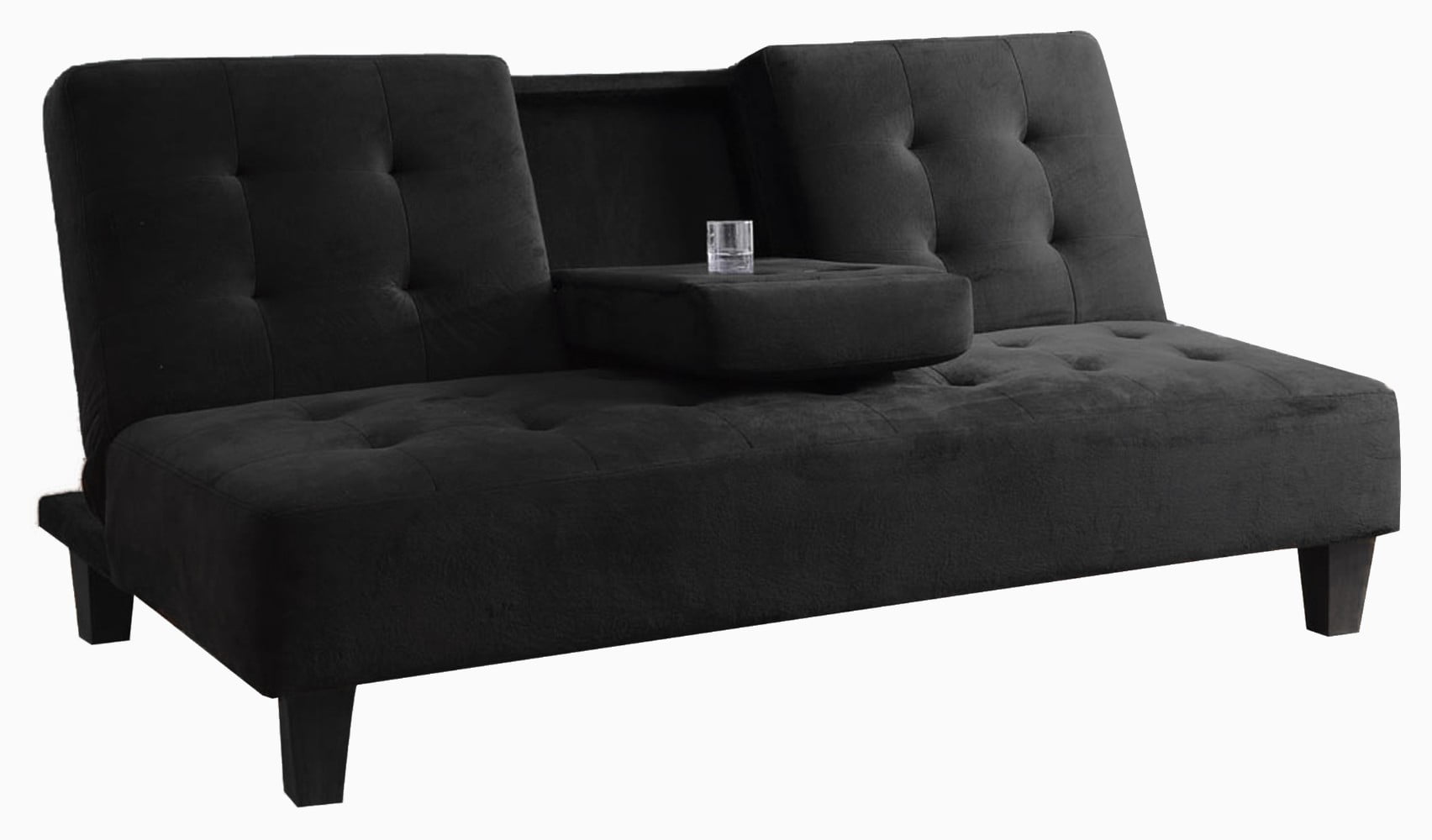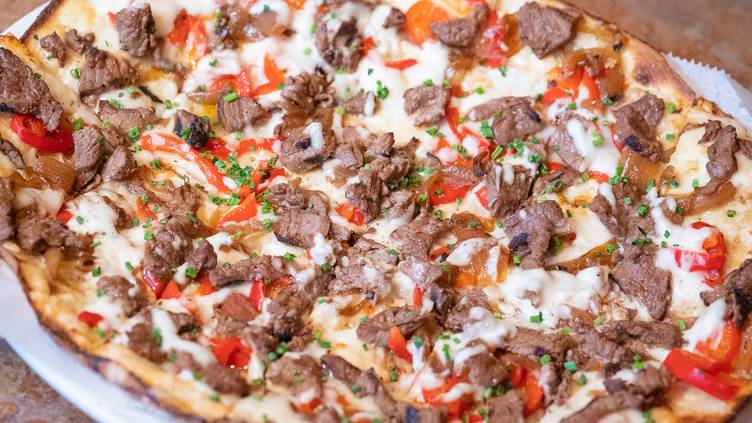When it comes to kitchen chimneys, there are several types to choose from, each with their own unique features. The most common types include wall-mounted, island, and built-in chimneys. Wall-mounted chimneys are attached to the wall above the cooktop, while island chimneys are suspended from the ceiling directly above the cooking area. Built-in chimneys, on the other hand, are integrated into the kitchen cabinets for a seamless look. Some other types of kitchen chimneys include downdraft chimneys, which are installed behind the cooktop and pull the smoke downwards, and ductless chimneys, which recirculate the air back into the kitchen after filtering it. When selecting the right type of kitchen chimney for your home, consider the layout of your kitchen, the type of cooking you do, and the size of your cooktop.1. Types of Kitchen Chimneys and Their Features
Choosing the right kitchen chimney for your home can be overwhelming with so many options available. However, there are a few key factors to consider that can help you make the best decision. Firstly, determine the size of your cooktop and choose a chimney with a matching or larger suction capacity. Next, consider the type of filter used in the chimney. Baffle filters are best for Indian cooking as they are efficient in removing oil and grease, while carbon filters are ideal for eliminating odors. Finally, look for features like auto-clean, LED lights, and touch controls for added convenience and functionality.2. How to Choose the Right Kitchen Chimney for Your Home
To fully understand how a kitchen chimney works, it's important to know its different parts. The main components of a chimney include the motor, which powers the suction, the filter, which traps grease and smoke particles, and the duct, which carries the smoke out of the kitchen. Other important parts include the chimney hood, which covers the filters and directs the smoke upwards, and the chimney pipe, which connects the chimney to the duct. Knowing the different parts of a kitchen chimney can help you troubleshoot any issues that may arise and also understand the importance of regular maintenance.3. Understanding the Different Parts of a Kitchen Chimney
Kitchen chimneys not only serve a functional purpose but also add to the overall design of your kitchen. When it comes to design details, there are several options to choose from. Stainless steel chimneys are a popular choice for their modern and sleek look, while glass chimneys add an elegant touch to any kitchen. You can also opt for a chimney with a decorative chimney hood, which comes in various designs and finishes to complement your kitchen decor. Some other design details to consider include the shape and size of the chimney, as well as the placement of the chimney in relation to the cooktop.4. Common Design Details for Kitchen Chimneys
To ensure your kitchen chimney continues to function efficiently, regular maintenance is key. One of the most important maintenance tasks is cleaning the filters regularly, as they can become clogged with grease and affect the suction power of the chimney. In addition, it's important to clean the chimney hood and the exterior of the chimney to keep it looking like new. You can also opt for a chimney with auto-clean feature to make maintenance easier. Lastly, make sure to schedule regular servicing by a professional to keep your kitchen chimney in top condition.5. Tips for Maintaining Your Kitchen Chimney
There are several benefits to installing a kitchen chimney in your home. Firstly, a chimney helps to remove smoke, fumes, and odors from your kitchen, making it a healthier and more comfortable space to cook in. It also prevents grease and oil particles from settling on your kitchen surfaces, reducing the need for frequent cleaning. Moreover, a kitchen chimney can add value to your home and make it more attractive to potential buyers. It also adds a touch of style to your kitchen and can be a focal point in the room. Overall, a kitchen chimney is a practical and stylish addition to any kitchen.6. The Benefits of Installing a Kitchen Chimney
If you're considering installing a kitchen chimney in your home, there are various design ideas to choose from. For a sleek and modern look, opt for a stainless steel chimney with a straight and simple design. If you want to add a pop of color, consider a chimney with a colored glass hood. You can also choose a chimney with a curved design for a more unique and eye-catching look. Another design idea is to install a chimney with a concealed hood, which can be hidden behind a cabinet for a seamless and minimalist look. With so many design options available, you can easily find a kitchen chimney that complements your personal style and kitchen decor.7. Design Ideas for Incorporating a Kitchen Chimney into Your Kitchen
If you're handy with tools and want to save some money, you can install a kitchen chimney yourself. However, it's important to follow the instructions carefully and have some basic knowledge of electrical wiring. Make sure to turn off the power supply before starting the installation process. Start by marking the spot on the wall where the chimney will be installed. Then, drill holes in the marked spots and insert the plugs. Next, install the chimney bracket and secure it with screws. Finally, install the chimney hood and connect the chimney pipe to the duct. If you're unsure about the installation process, it's best to hire a professional to do it for you.8. How to Install a Kitchen Chimney: Step-by-Step Guide
Despite regular maintenance, kitchen chimneys may encounter some issues from time to time. One common issue is reduced suction power, which can be caused by clogged filters or a faulty motor. In this case, clean or replace the filters, or call a professional to repair the motor. Another issue is excessive noise, which can be caused by loose parts or a damaged motor. Make sure all the parts are securely fitted and consider replacing the motor if the noise persists. If the chimney is not functioning at all, check the power supply and circuit breaker, and if the problem persists, call a professional for assistance.9. Troubleshooting Common Issues with Kitchen Chimneys
When shopping for a kitchen chimney, it's important to compare different brands to find the best option for your home. Some popular brands include Elica, Faber, and Hindware, which offer a variety of features and designs to choose from. Compare the suction power, filter type, and other features of each brand to find the best fit for your needs. You should also consider the price range of each brand and choose one that fits your budget. Remember to also read reviews and ask for recommendations from friends and family to make an informed decision. In conclusion, kitchen chimneys are an essential and stylish addition to any kitchen. By understanding the different types, design details, and maintenance tips, you can choose the best kitchen chimney for your home and enjoy a smoke-free and clean cooking experience.10. Comparing Different Brands of Kitchen Chimneys: Features and Prices
Kitchen Chimney Design Details: Creating a Functional and Stylish Cooking Space
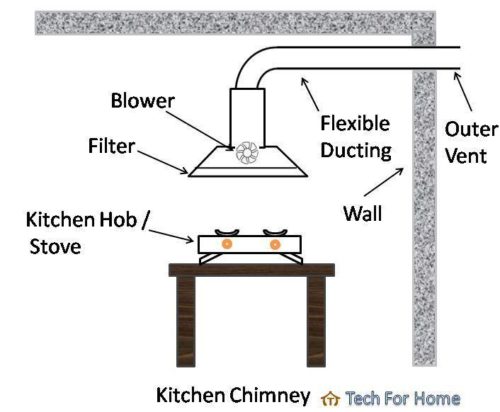
When it comes to designing a kitchen, there are several important elements to consider. From the layout and color scheme to the appliances and storage options, every detail plays a crucial role in creating a functional and stylish cooking space. One of the most essential components of a modern kitchen is the kitchen chimney . Not only does it enhance the aesthetics of the space, but it also serves a vital purpose in maintaining a clean and healthy environment. In this article, we will delve into the design details of kitchen chimneys and how they can elevate your overall kitchen design.
Types of Kitchen Chimneys
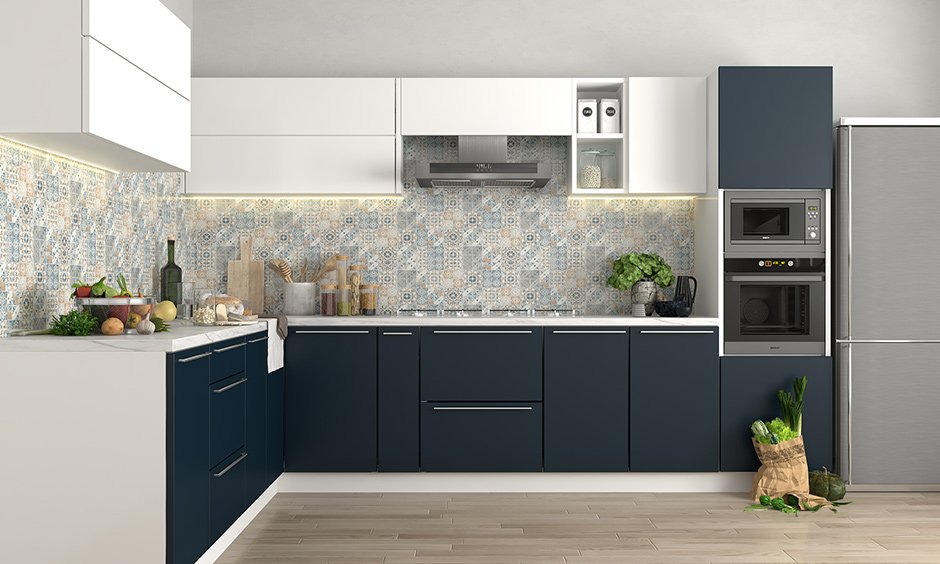
Before delving into the design details, it is important to understand the different types of kitchen chimneys available in the market. Wall-mounted chimneys are the most common and are attached to the wall above the cooking range. Island chimneys are perfect for kitchens with a central island cooktop. Built-in or integrated chimneys are installed inside the kitchen cabinets, making them virtually invisible. Lastly, there are corner chimneys that are specifically designed for kitchens with limited space.
Design and Aesthetics

Kitchen chimneys come in a variety of designs to match different kitchen styles. From sleek and modern to traditional and rustic, there is a design for every taste. When choosing a design for your kitchen chimney, consider the overall aesthetic of your kitchen and select a style that complements it. You can also opt for a customized chimney to perfectly blend in with your kitchen's design.
Materials and Finishes

The material and finish of your kitchen chimney can make a significant impact on the overall look of your kitchen. Stainless steel is the most common material used for kitchen chimneys due to its durability and easy maintenance. However, you can also find chimneys made of glass, copper, and even wood. When it comes to finishes, there are options like matte, glossy, and even colored finishes to add a pop of personality to your kitchen.
Functionality and Features

While the design and aesthetics of a kitchen chimney are important, its functionality should not be overlooked. When choosing a chimney, look for features like high suction power to effectively eliminate smoke and odors, auto-clean technology for easy maintenance, and noise reduction features for a quieter cooking experience. You can also opt for a chimney with built-in LED lights to provide ample lighting while cooking.
Proper Installation

No matter how stylish or functional your kitchen chimney is, it won't be effective if it is not installed properly. Make sure to hire a professional to install your chimney to ensure proper functioning and safety. Additionally, consider the location of your chimney in relation to your cooking range to maximize its effectiveness.
In conclusion, a well-designed kitchen chimney can not only enhance the aesthetics of your kitchen but also improve its functionality. Consider the various design details and features mentioned above when choosing a chimney for your kitchen to create a space that is both beautiful and practical.



